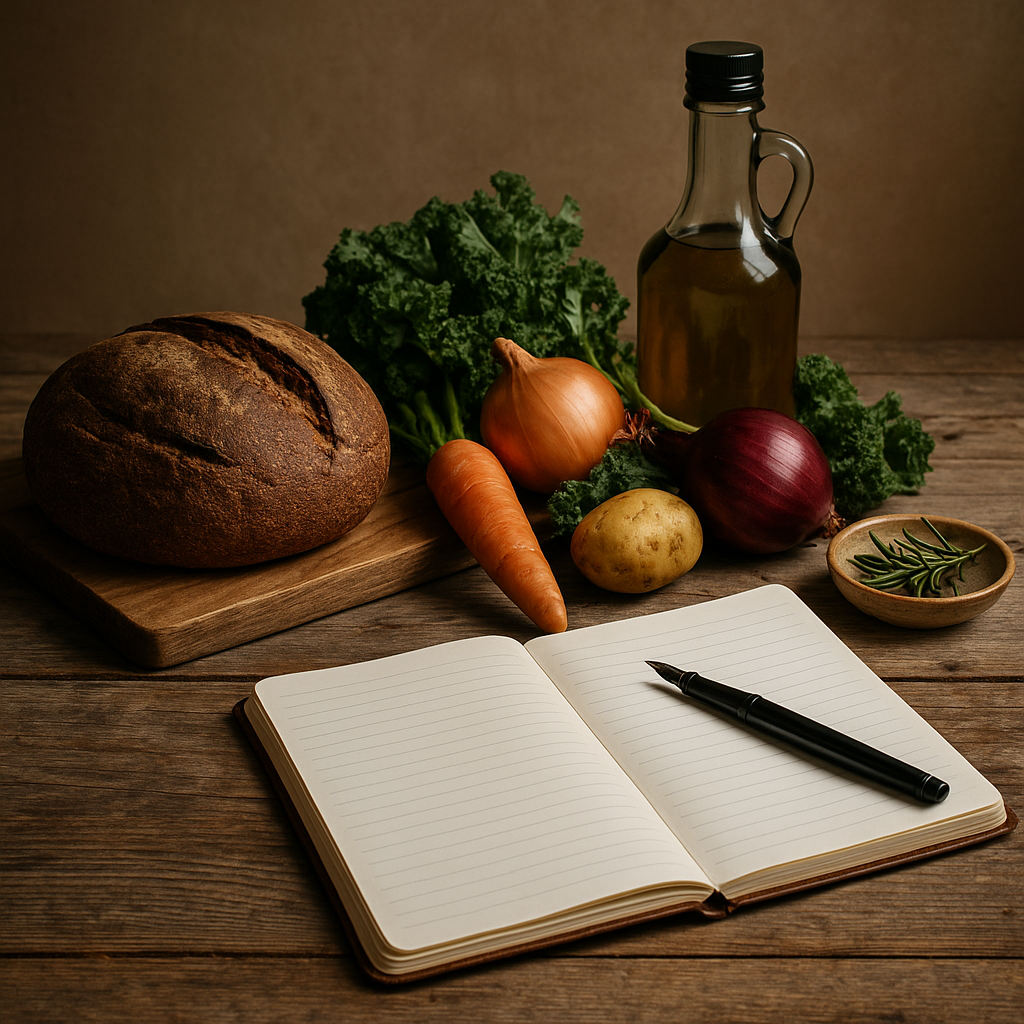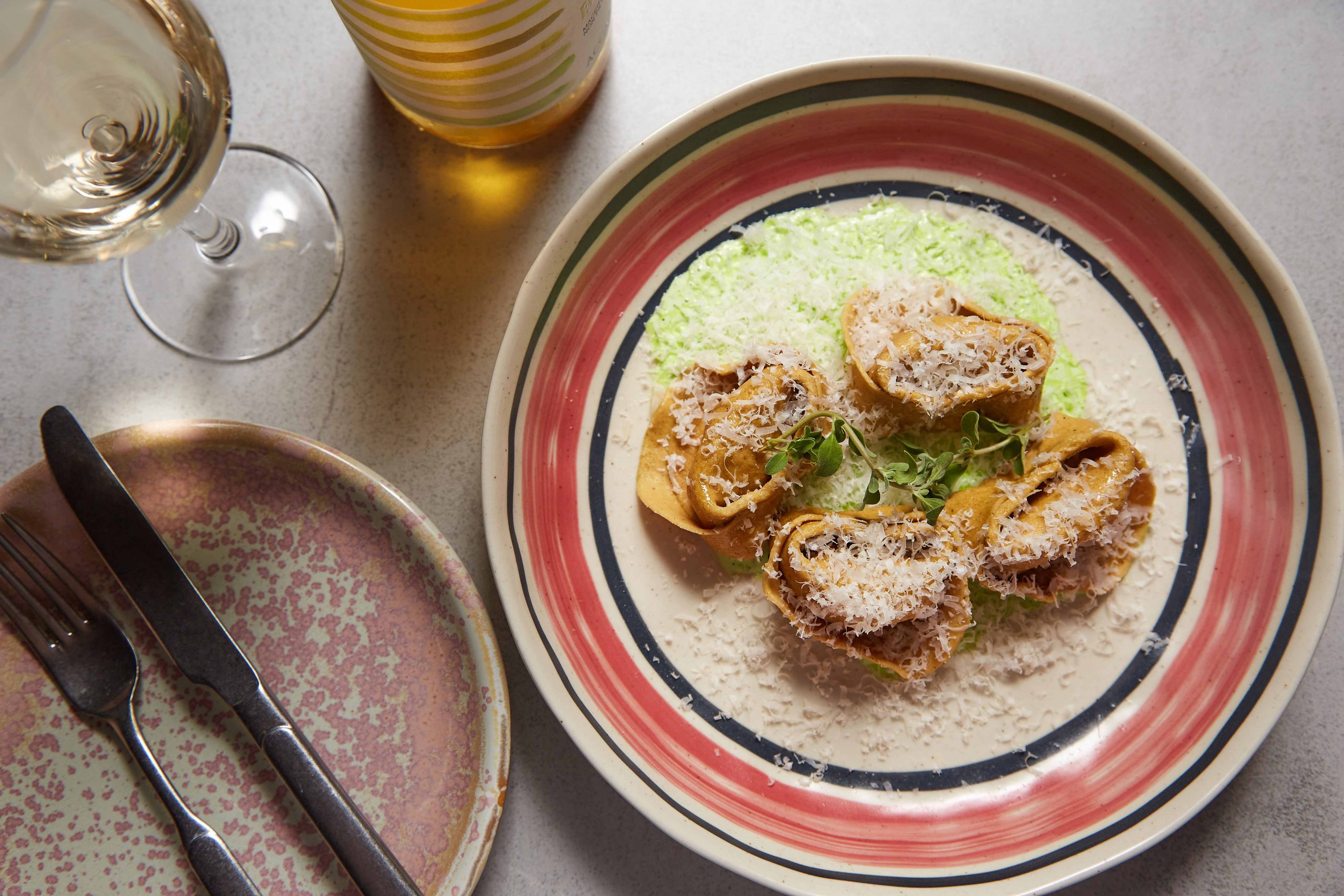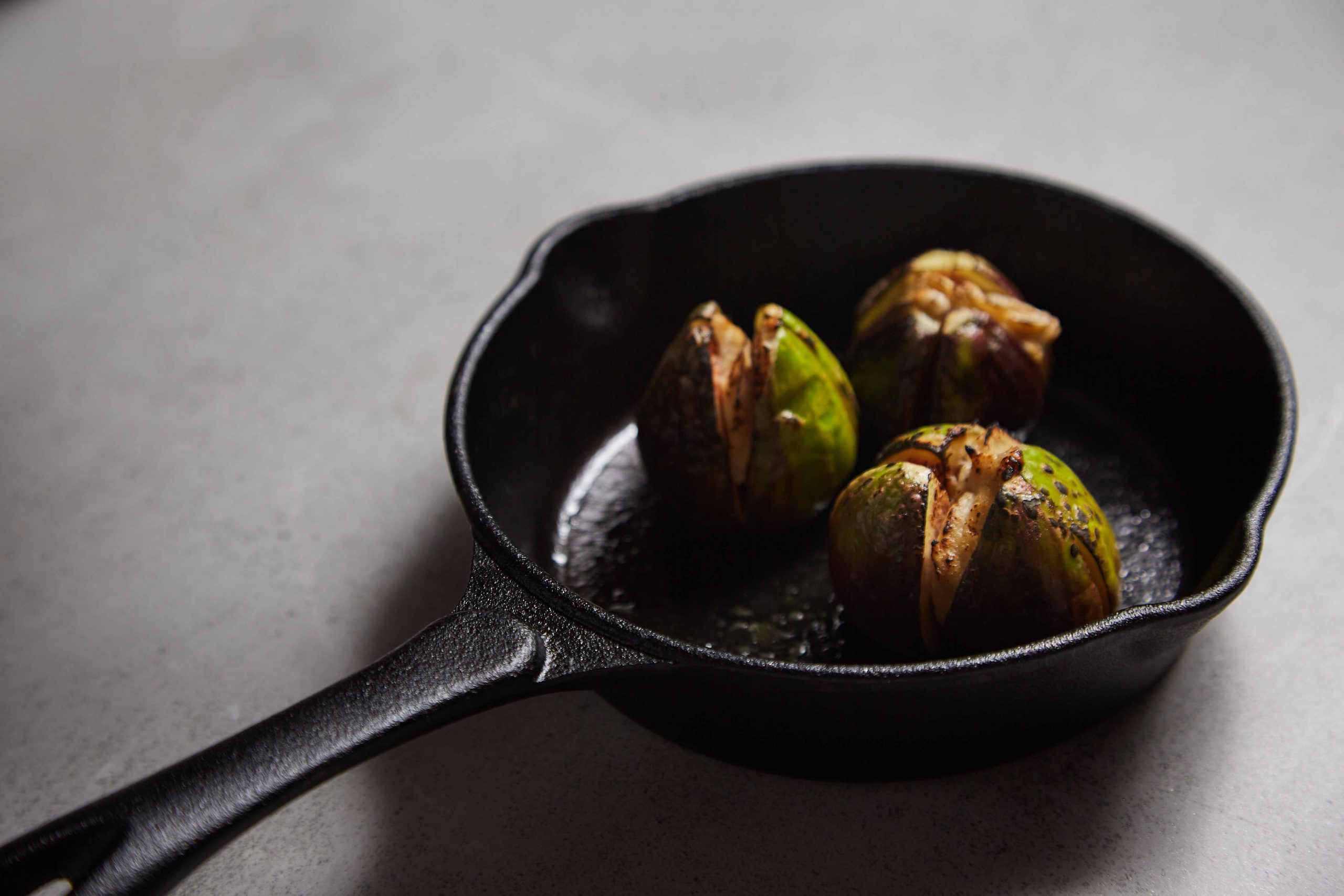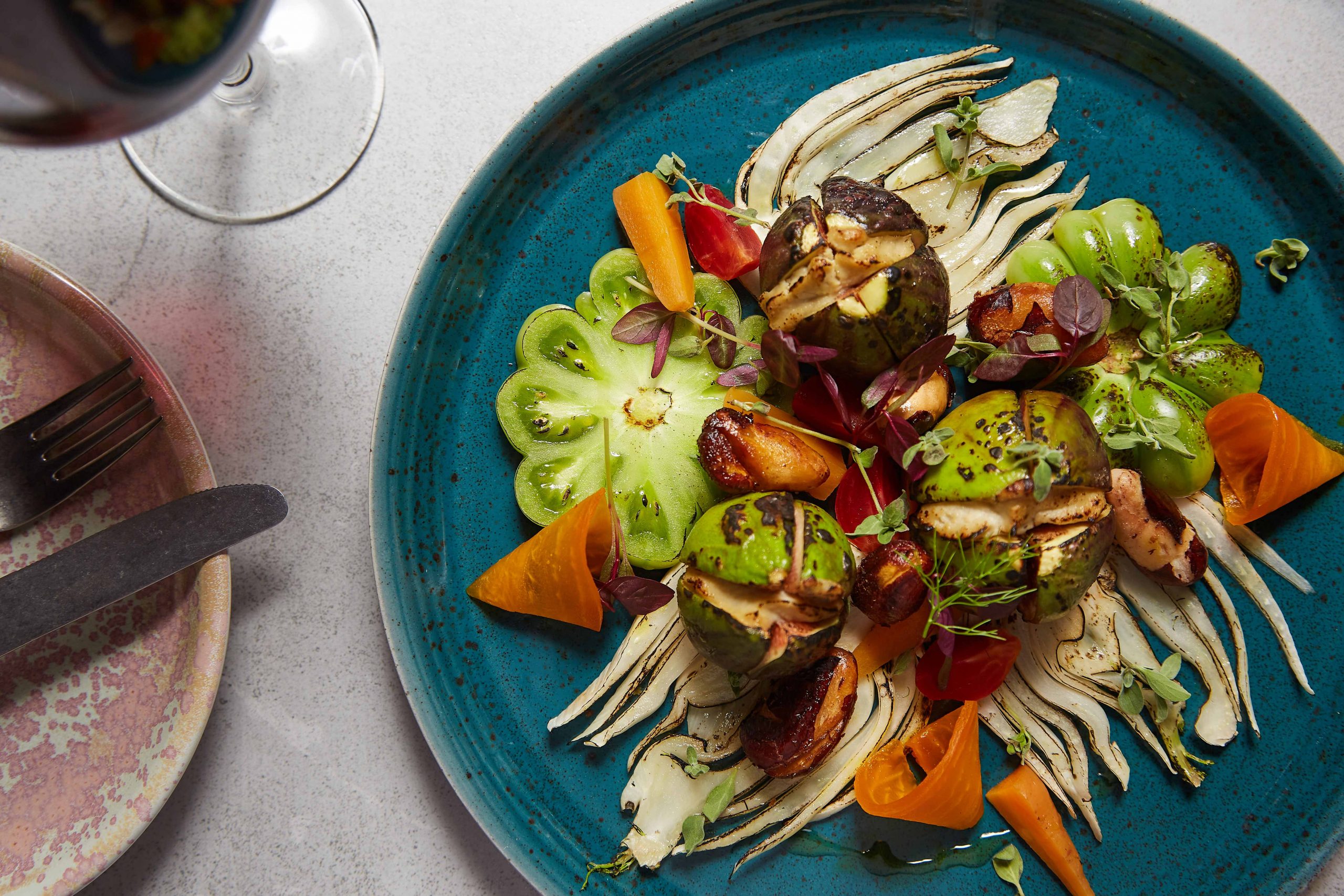The term “superfood” appears everywhere these days—on packages, in headlines, across social media. But what does it actually mean?
Let me be clear from the start: I’m not a health guru or a doctor, and you shouldn’t follow advice from non-professionals blindly. If you’re looking for someone to tell you exactly what to eat, this isn’t that kind of blog. With that out of the way, let’s move on.
From a scientific standpoint, “superfood” isn’t a regulated term. It’s marketing language designed to make certain products sound extraordinary. The European Union actually restricts its use in advertising unless backed by specific health claims, precisely because it can mislead consumers. But everywhere else, the term is pure marketing bait. Companies use it to convince you to buy whatever they’re selling.
Here’s the truth: real foods are super. Ultra-processed products aren’t. It’s that simple.
The problem isn’t that these foods lack nutritional value—it’s that the “superfood” label often creates unrealistic expectations. No single food, however nutrient-dense, can compensate for an otherwise poor diet. And expensive exotic ingredients rarely offer benefits you can’t get from more accessible options.
Rather than chasing the latest superfood trend, consider building meals around whole, minimally processed foods you actually enjoy eating. A diet you can sustain long-term will always outperform short bursts of expensive supplements or exotic ingredients.
Those açaí pills at the health shop? They won’t do anything that fresh blackberries and blueberries can’t do better and cheaper. If you take one piece of advice from me, let it be this: eat fresh food. Eat fruits—actual fresh fruits. Eat fresh legumes and home cooked whole grains. When food comes in a pill or from a factory, you’re paying more for less, no matter what the packaging claims.
But the term fresh fruit or fresh vegetables can be daunting. So much to choose from. Here’s my second advice: the best nutrition strategy is having a full deck of cards instead of betting everything on a few. Vary your diet: a banana today, an apple tomorrow, a mango the day after. This approach beats monotony and maximises nutrition.
Now, with that said, nutritional profiles do matter. Some foods contain specific compounds that are particularly beneficial for human health. Identifying these foods and adding them to your rotation can be highly beneficial—and it keeps things interesting. After all, I’m not sure what’s worse: poor health or dying of boredom.
That foundation established, exploring nutrient-dense foods can add both variety and specific benefits to your routine. Which brings me to what I really wanted to talk about: the cupuaçu—a Brazilian fruit that’s genuinely interesting from a nutritional perspective.
Ready to explore? Read our text on Cupuaçu. And to dive in even more, I’ll give you a few recipes to cook it with.
Click on the link: Cupuaçu – The Pharmacy Of The Jungle
————-
By the way, after much gentle bullying, our chef finally caved and made his own Instagram account. He’s absolutely terrible at it (imagine a capuchin monkey from Brazil trying to text back), but if you’d like to join in the chaos, go ahead and follow him. Once he figures out what all the buttons do, he promises to post more. Here’s his page:




